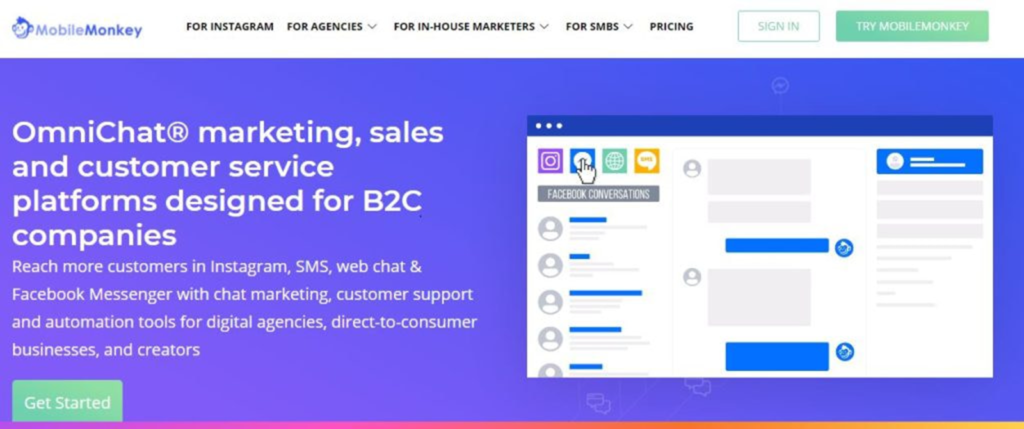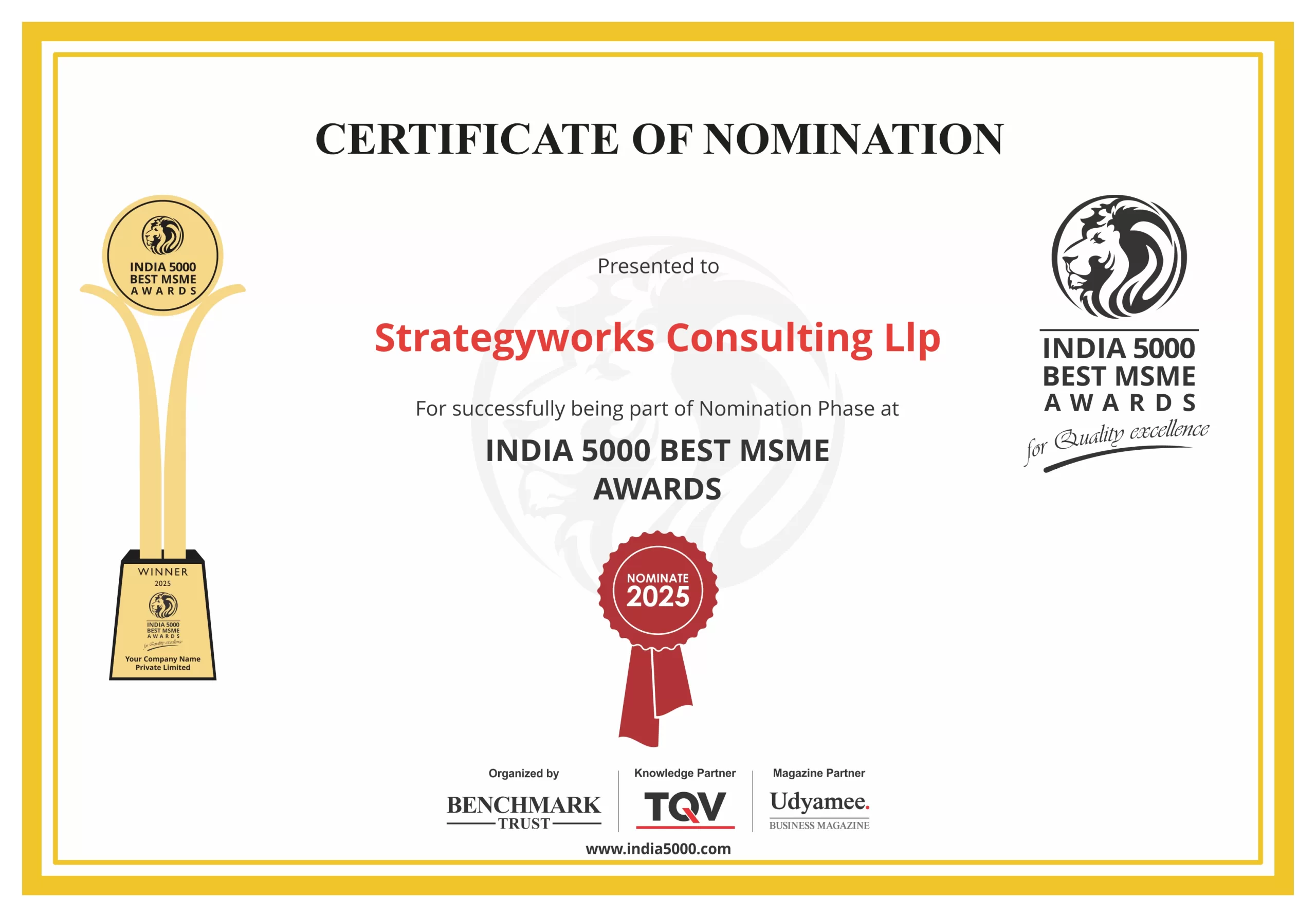
what is lead in marketing?
A lead is a term used in sales to describe interaction with a possible customer, also known as a “prospect.” …… For some businesses, a “lead” is a contact who has already been identified as a potential customer, whilst for others, a “lead” is any sales contact.
What are types of lead generation?
Outbound lead generation (cold calls, direct mail, advertising, and e-mail marketing) and inbound lead generation (cold calls, direct mail, advertising, and e-mail marketing) are the two basic types of lead generating (SEO, social media, PPC)
What is the difference between a lead and a qualified lead?
Anyone who has interacted with your company is referred to as a lead. They might or might not become a client. Anyone who has passed qualifying criteria to determine their quality as a lead, their fit as a customer, and their readiness to buy is referred to as a qualified lead. Leads eventually turn into opportunities, which turn into customers.
Is Lead generation part of Digital Marketing?
Yes, lead generation is part of Digital marketing. Lead generation is divided into marketing activities that correlate to stages of the buyer’s journey, beginning with traffic generation, then converting visitors to leads, and finally converting leads to customers.
What is lead generation strategy?
A lead generation strategy includes techniques for attracting and converting interested prospects into leads. A lead is a prospective consumer who has expressed interest in your brand by taking action. They’ve given you their contact information or hinted that they’d like to do business with you in some way.
There are four components to both B2C and B2B lead generation methods.
- Lead capture is a method of gathering information from a lead. The lead’s name and contact information, as well as pertinent qualifying details about them or their company, may be included in the data (e.g., business name, position, number of employees).
- Lead magnets are incentives that encourage potential customers to become new leads.
- Lead qualification is a method of determining how probable a lead is to buy based on the information provided by the lead.
- Segmenting leads based on their information, habits, and behaviours is known as lead segmentation (e.g., job title, lead magnet that attracted them, pages they visited on your website).
What is lead generation in SEO?
Search Engine Optimization (SEO) is a term that refers to the process of optimizing Search engine optimization (SEO) is developing material that responds to questions posed by search engines such as Google, Bing, Yahoo, and others.
It will assure the visibility of your website and its content on search engine results pages if implemented appropriately.
It’s an all-encompassing term that refers to everything from link-building and social media marketing to having keywords placed in your website that will notify search engines.
Here are some basic strategies for generating leads using SEO.
- Create and Optimize Local Business listing
- Optimize Your Homepage and Inner Content.
- Create an active blog and optimise your blog posts….
- Guest posting
- Use Alt Tags in your images.
- Increase the speed of your website.
- Use social media to your advantage.
How to generate leads for B2B businesses with online media?
To increase B2B sales, we need a solid lead-generating strategy. This brings the marketing and sales teams together and provides salespeople with a tried-and-true framework to follow.
B2B lead generation, as we all know, is the process through which sales and marketing teams convert prospects into paying clients. But what exactly are these steps?
- Step 1: Identifying B2B prospects
Finding the contact information of potential buyers is the first step in creating B2B leads. This data is frequently gathered in-house, developed by a third-party “lead gen” firm, or purchased from a lead database (not advisable for B2B lead generation).
- Step 2: Contacting potential leads
Sales Reps contact prospects via cold outreach, social media, or answering to queries with a list of (hopefully) high-quality leads.
- Step 3 : Qualifying and prospecting high-quality leads
Sales Reps assess how probable leads are to buy when communicating with them.
They’ll do it by determining where leads are in the buying process.
These stages are as follows:
-
- Customer awareness and research: The customer is aware of a solution they require or an issue they are experiencing, and they are beginning to learn more about it.They will devour materials such as blogs, whitepapers, and case studies at this point.
- Consideration: The lead is aware of the precise service/product required. He or she will now go over their precise requirements in detail before conducting research and “opening up” to vendors.
- Purchase: After narrowing down vendors who best match their criteria, the buyer will have many meetings and check-ins with other decision-makers in order to finalise a purchase. Reps will start nurturing campaigns or focus on getting the prospect to schedule a call or demo depending on where they are in the sales cycle.
- Step 4: Bringing leads to a close Achievement! After several meetings with various vendors, the prospect chooses you and the sale is completed. They’ll be moved to customer success for on boarding.
Ways to Generate Leads
1. Implement Chat-bot
Chatbots have the potential to generate a lot of leads. Because chatbots are available 24 hours a day, 7 days a week, the technology is ideal for establishing rapport with prospects. Set them up to reflect your brand’s personality so they may act as automatic marketing and sales agents.

2. Using Lead Magnets- Using gated content
Online content that is only accessible once a user fills out a form is known as gated content. The content is “locked,” unlike regular blog entries or landing pages. To access the content, visitors must first fill out a lead capture form.
This lead generation technique works because it provides free value to the audience while attracting high-quality leads who are interested in themes relating to your brand or offers. The following items are frequently found in gated content assets:
- White papers
- E-books are electronic books
- Reports on Guides
- Worksheets for Courses
- Online resources
3. Using Marketing Automation: Lead Nurturing series
Making a must-read newsletter that encourages interested prospects to engage and remain in touch with your brand is another method to use the content as a lead magnet. This allows you to stay top of mind with consumers while also sharing product and service offerings that can move prospects farther down the purchase funnel. The following items could be included in your newsletter:
- New blog entries
- Information regarding your products or services will be sent to you on a regular basis.
- Offers that are unique
- Events to look forward to
- Other thought leaders’ suggested reading
4. Host Events Online
Online and offline lead generation tactics are also possible. To attract and service your target market, host an in-person or online event and capture their contact information through event registration. Use live events to communicate with consumers in real-time, answering questions, responding to concerns, learning more about your audience, and actively guiding prospects through the sales funnel. Consider the following event possibilities:
- Webinar
- Workshop
- Seminar
- Meetup
- Conference
5. Use Coupon & Discount
Offer a voucher or discount as a lead magnet to convert prospects who are interested in your products and services. This draws in both long-term and short-term prospects. In the long run, you’ve attracted someone who wants to purchase from your company. You can swiftly convert bottom-of-funnel prospects who are ready to buy into customers in the short term.
6. Free Trial
Offer a voucher or discount as a lead magnet to convert prospects who are interested in your products and services. This draws in both long-term and short-term prospects. In the long run, you’ve attracted someone who wants to purchase from your company. You can swiftly convert bottom-of-funnel prospects who are ready to buy into customers in the short term.
7. Optimize Your Website for Lead Magnet Promotion
Make sure website visitors can simply access your lead magnet to create more leads. Create on-site funnels that segment your audience and direct them to the lead magnet that most closely matches their requirements and interests. This can be accomplished by distributing lead magnets throughout your website.
- It should lead to the main homepage call to action.
- At the end of blog posts and pages, promote relevant lead magnets.
- Use a pop-up to generate leads.
- Create a resource library with password-protected material.
- Include a lead generation hello bar (that sits at the top or bottom of your site).
- In the sidebar, promote your lead magnet.
8. To promote your lead magnet, optimise your social profiles.
Make sure your social media followers are aware of your important lead magnet. It should be prominently displayed on social media so that when consumers interact with you, they see your offer and the clear next step toward partnering with you.
On profile pages, use hero photographs to promote your lead magnet. Instead of sending consumers to your homepage, employ call-to-action buttons by including links in your lead magnet.
9. Keywords toward the top of the funnel should be targeted.
Create a plan to target the phrases they search for to attract interested prospects and push them to your lead magnets. Do keyword research to find terms that your ideal customers are looking for at the top of the sales funnel. Then, in a variety of methods, target those keywords.
- Create evergreen content that is keyword-optimized.
- Create an on-site blog strategy based on the keywords you want to target.
- Pay-per-click marketing allows you to target specific words.
- Guest blog on sites where the target phrases have a large share of speech.
- You increase your chances of being on page one, make sure to follow SEO best practises. The more search visibility you have, the more interest and traffic you’ll get from potential customers.
10. Do Re marketing
Keep the faith if prospects don’t convert during their initial engagement with your brand. Retargeting allows you to reconnect with people who have shown interest in your brand but haven’t taken the next step.
Retargeting allows you to show advertising to people who interact with your brand’s website or social sites (through Google display or social advertisements). Because buyers may need to view your brand several times before converting, re-targeting is a smart approach to keep them moving down the sales funnel.
11. Design Referral Reward Program
Create a referral rewards program in which consumers are rewarded for bringing you leads in exchange for a benefit or discount. Customers respect and trust recommendations from their peers, so getting current customers to spread the word about your company can be an effective approach to fill your lead funnel.
Above mentioned strategies are tried and tested and surely deliver great results. do share your feedback.








1 thought on “What is lead generation in digital marketing? Top 12 Proven ways for B2B leads generation”